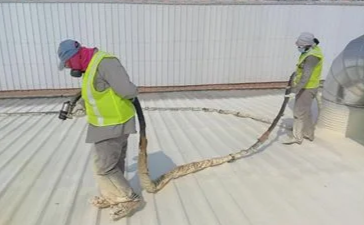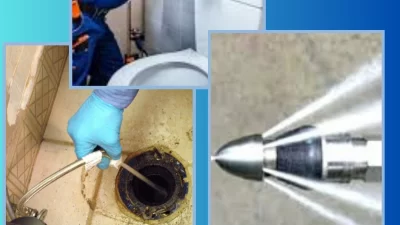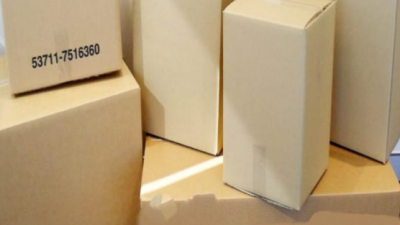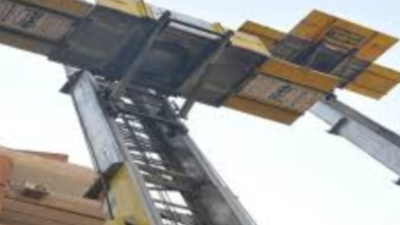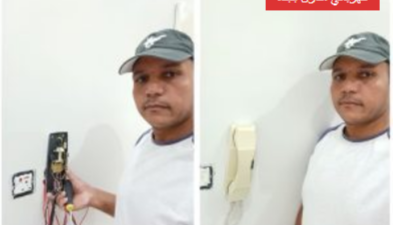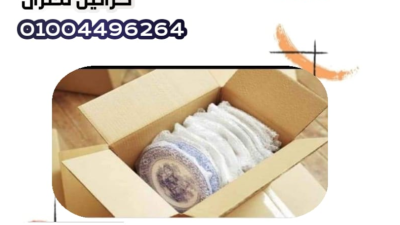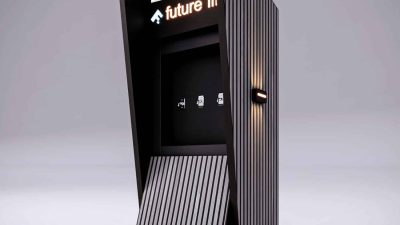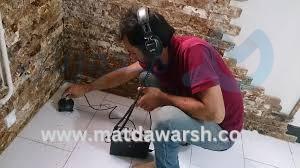Why Interior Design in UAE Is Booming
The interior design UAE industry is witnessing unprecedented growth, driven by luxury real estate development, global investment, and a desire for opulence combined with cultural depth. Whether you’re redesigning a villa in Dubai, launching a boutique in Abu Dhabi, or creating a modern majlis in Sharjah — UAE interior design has evolved into a blend of art, innovation, and cultural identity.
Thanks to rising consumer demand, architectural innovation, and international influence, the Emirates has become a hub for top-tier design studios and pioneering trends.
1. Fusion of Traditional Arabic and Contemporary Styles
Modern UAE interiors often blend sleek, contemporary design with traditional Emirati elements — mashrabiya screens, Islamic geometric patterns, and arches.
Key features:
- Intricate latticework in partitions and ceilings
- Calligraphy wall art and motifs
- Fusion of minimalism with cultural symbolism
This marriage of old and new allows for deeply personalized homes that reflect heritage without sacrificing modern convenience.
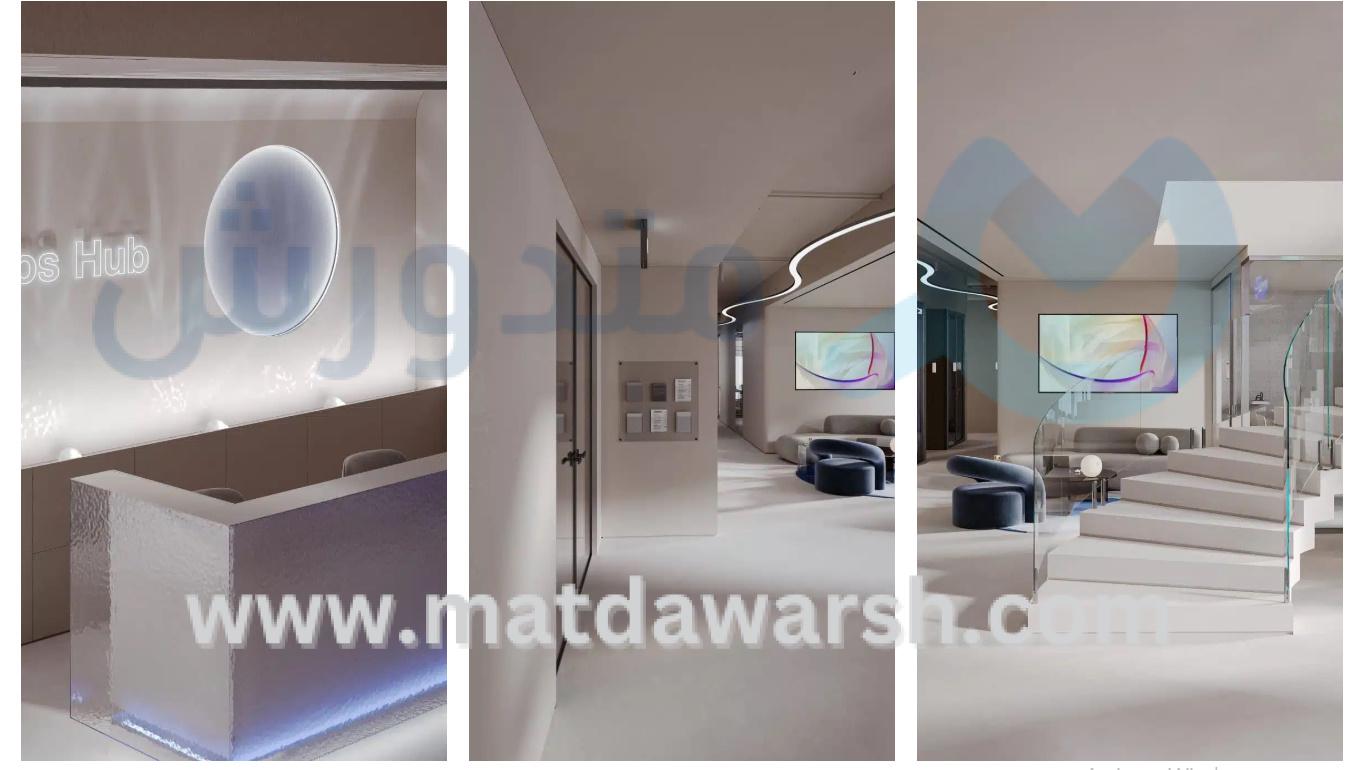
2. Sustainable Interior Design in the UAE
Sustainability is no longer optional. In 2024 and beyond, eco-conscious interior design in the UAE is trending — not just in LEED-certified buildings but also in residential and hospitality interiors.
Popular green materials:
- Reclaimed wood
- Recycled metals
- Natural paints and sealants
Clients are increasingly demanding energy-efficient lighting, water-saving fixtures, and insulation that aligns with Dubai’s Green Building Regulations.
3. Smart Homes and Integrated Technology
UAE’s smart cities initiative has pushed interior designers in the UAE to incorporate IoT (Internet of Things) systems — seamlessly embedding technology into decor.
Examples:
- Voice-controlled lighting and curtains
- Smart mirrors with touch displays
- App-controlled HVAC and mood lighting systems
High-end villas and penthouses across Dubai Marina and Saadiyat Island now feature intelligent interiors as a baseline.
4. Luxury Materials: Marble, Gold, and Glass
Luxury is a hallmark of UAE interior design. From palatial homes to 7-star hotels, the use of high-end materials remains integral.
Top materials used:
- Italian marble for floors and bathrooms
- 24k gold finishes on fixtures and furniture
- Smoked and mirrored glass for partitions and balustrades
Designers often work with global suppliers and local artisans to deliver exquisite detailing.
5. Custom Furniture and Artisanal Pieces
Forget mass-produced furniture — the trend now is bespoke. Many interior design studios in the UAE collaborate with:
- Regional artisans for wood carving and embroidery
- Global designers for statement pieces
- Custom-built joinery tailored to client lifestyle
This approach ensures each project feels unique and personalized — not just aesthetically, but functionally.
6. Maximizing Natural Light in Desert Architecture
With year-round sunshine, natural light plays a pivotal role in UAE interiors. Architects and designers incorporate features like:
- Large panoramic windows
- Skylights and light wells
- Reflective surfaces to amplify brightness
Window orientation, shading solutions, and heat-reflective glazing help balance aesthetics with comfort in the desert heat.
7. Biophilic Design: Bringing Nature Indoors
Biophilic design — the practice of connecting people with nature — is gaining traction across the Emirates, especially in high-density cities like Dubai and Abu Dhabi.
Design elements include:
- Indoor gardens and vertical plant walls
- Water features like indoor fountains
- Natural materials like wood, rattan, and stone
These features enhance well-being, reduce stress, and elevate the aesthetic value of homes and offices.
8. Minimalism with Middle Eastern Elegance
Minimalist design — think open layouts, clean lines, and neutral tones — is being reimagined with Middle Eastern luxury touches.
Elements you’ll find:
- Neutral base palettes (sand, ivory, grey) with gold accents
- Sculptural light fixtures and chandeliers
- Statement art and low-profile furniture
This trend balances serenity and sophistication, offering a calm oasis within the urban landscape.
9. Majlis Redefined: Social Spaces in Modern Homes
The majlis — a traditional gathering space — is being reinterpreted for contemporary lifestyles.
Modern majlis features:
- Open-plan layouts that integrate with dining/living spaces
- Modular seating for flexibility
- Multimedia integration for events and entertainment
These social hubs reflect hospitality, tradition, and evolving design sensibilities.
10. Color Palettes Inspired by the UAE Landscape
UAE’s desert tones, sea blues, and oasis greens are becoming the go-to color inspiration.
Popular palettes:
- Sand, terracotta, and camel brown
- Seafoam, aqua, and pearl white
- Olive green and warm beige
Designers often pair these natural tones with metallic accents for an elegant yet grounded feel.
11. Interior Design for High-Rise Living
With a surge in skyscrapers, especially in Dubai, interior design is adapting to high-rise living.
Design solutions:
- Space-saving furniture
- Balconies turned into lounges or vertical gardens
- Sound insulation and smart zoning
The goal? Luxury without compromising livability, even in compact layouts.
12. Hospitality Design: Hotels and Resorts in the Emirates
The UAE is home to some of the world’s most luxurious hotels — think Atlantis The Royal or Burj Al Arab.
Key design trends in hospitality:
- Experiential interiors with sensory design
- Locally inspired themes and décor
- Integrated wellness features like spa bathrooms and sleep pods
These elements ensure immersive guest experiences that reflect UAE’s identity.
13. Commercial Spaces That Reflect Brand Identity
Whether it’s a tech startup in Dubai Internet City or a luxury showroom in Downtown Dubai — interiors now must embody brand values.
Features include:
- Branded color schemes and layout zoning
- Digital displays and media walls
- Design psychology that boosts productivity or sales
Interior design is no longer just aesthetic — it’s strategic.
14. Interior Design for Retail: Malls and Boutiques
UAE’s thriving retail scene — from The Dubai Mall to niche boutiques — calls for attention-grabbing, immersive interiors.
Trends include:
- Interactive fitting rooms
- Architectural displays for storytelling
- Flexible layouts for pop-up activations
Shoppers today crave more than products — they want experiences.
15. Wellness-Oriented Spaces: Spas and Clinics
Health-focused design is booming — particularly in spas, wellness clinics, and even dental offices.
Trending wellness elements:
- Aromatherapy diffusers integrated into HVAC
- Natural stone and wood finishes for grounding energy
- Mood lighting and acoustic control
The aim is to create environments that heal, soothe, and inspire trust.
16. Interior Design Regulations in the UAE
Designing in the UAE requires awareness of municipal codes, civil defense rules, and sustainability mandates.
Key regulations:
- Fire safety codes (especially for commercial projects)
- Dubai Municipality design approvals
- Green building standards (Estidama, LEED, Al Sa’fat)
Working with licensed professionals ensures smooth approval processes.
17. Choosing the Right Interior Design Studio in UAE
With so many studios, it’s critical to find one that aligns with your vision, budget, and timelines.
Tips for choosing:
- Review their portfolio (look for UAE-based projects)
- Ask about licensing and permits
- Clarify project management approach and deliverables
Well-known firms like Wilson Associates and local players like V Concept Design have made a mark.
18. Budgeting for Interior Design Projects in the Emirates
Budget varies widely — from AED 200/sqft for mid-range residential projects to AED 1000+/sqft for luxury spaces.
Factors that affect pricing:
- Custom vs. off-the-shelf furniture
- MEP (mechanical, electrical, plumbing) needs
- Project complexity and timelines
Setting clear budgets upfront prevents overrun surprises.
19. Future Trends in UAE Interior Design
Looking ahead, we’re likely to see:
- AI-powered design planning
- Augmented Reality (AR) walkthroughs
- Circular design for full material reuse
- Emphasis on carbon-neutral interiors
The future of interior design UAE is tech-savvy, sustainable, and deeply rooted in both innovation and heritage.
FAQs About Interior Design UAE
1. What is the average cost of interior design in the UAE?
Costs can range from AED 200/sqft to over AED 1000/sqft depending on the scope, finishes, and designer expertise.
2. Do I need a permit for interior design projects in Dubai?
Yes, especially for commercial projects. Permits from Dubai Municipality or DDA (Dubai Development Authority) may be required.
3. Can I find eco-friendly interior designers in the UAE?
Absolutely. Many studios specialize in sustainable design aligned with Estidama or LEED standards.
4. How long does a full home interior project take?
It varies, but on average, a full villa may take 3–6 months, depending on complexity and customization.
5. What interior styles are popular in the UAE?
Contemporary luxury, modern Arabic fusion, minimalism, and neo-classical are all popular.
6. Are there local artisans I can work with for custom pieces?
Yes! The UAE is home to exceptional woodworkers, glass artists, and fabric specialists — often integrated by top design studios.
The Future of Living in the UAE
The evolution of interior design UAE is both rapid and visionary. Rooted in cultural richness and empowered by global influence, it stands as a beacon of luxury, technology, and sustainability. Whether you’re a resident, investor, or designer — the opportunities to shape spaces that inspire are limitless.
External Resource:
Explore award-winning interior designers like V. Concept Design for curated residential and commercial projects in Dubai and beyond.

